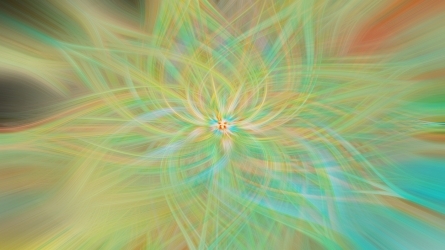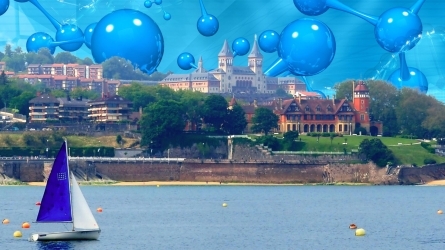
Origin, Growth and Feedback of Black Holes in Dwarf Galaxies (dwarfbh2022)
Description
The study of massive black holes in dwarf galaxies is an emerging research enterprise. More than a decade after the first detections of Active Galactic Nuclei (AGN) in dwarf galaxies, multiple multiwavelength searches are still ongoing with the aim of transforming our knowledge of their census and properties. Likewise, theoretical models of the origin and co-evolution of supermassive black holes in their host galaxies, traditionally focused on massive galaxy hosts, have recently begun to address intermediate-mass black holes in dwarfs. As the black hole masses of AGN in present-day dwarfs are in the range 104-105 M☉, a relation could exist, or not, with similarly massive black hole seeds at high redshift. Whether or not black holes in dwarfs are “fossil seeds” is a key question, as it might yield unique tests of different hypotheses on black hole formation. Finally, dwarf galaxies, in the context of galaxy formation and cosmology, are unique objects as they probe more directly the nature of fundamental components of modern theories, such as the dark halo structure and feedback processes, due to their shallow potential wells. Their nature, in turn, might have important effects on the dynamics of black holes inside them, such as on the formation of black hole binaries that could later coalesce by gravitational waves.
List of topics:
- Status of observations of AGN in dwarf galaxies (growth, variability, feedback)
- Theoretical models for black hole formation in dwarfs
- Black hole seeds and dwarf connection
Included reviews:
- Dwarf galaxies in LCDM structure formation (theoretical)
- General review on black holes in dwarfs (theoretical)
- General review on dwarf galaxy population (observational)
- Gravitational waves from intermediate-mass black holes
- Nuclear star clusters
ORGANIZING COMMITTEE:
Silvia Bonoli (Donostia International Physics Center, San Sebastian)
Lucio Mayer (University of Zurich)
Mar Mezcua (Institute of Space Sciences, Barcelona)
Luis Ho (Kavli Institute for Astronomy and Astrophysics, Beijing)
Justin Read (University of Surray)
Objectifs
In this conference we plan to review the latest observational status concerning AGN in dwarfs, as well as to cover the prospects of other methods in identifying them, for example using dynamical measurements. Likewise, we will review and discuss theoretical models for the origin of black hole seeds, and how they might be a different population than that of black holes in normal galaxies, as well as models for the growth and feedback of such black holes onto the surrounding galaxy. Finally, we will discuss the fundamental properties of dwarfs as predicted by hierarchical galaxy formation in the LCDM model, paying attention to the interplay between galaxy and black hole growth modulated by feedback effects.
Activité s'adressant à
- Unibertsitateko ikaslea
- Profesionalak
Collaborateurs
Directeurs

Silvia Bonoli
DIPC/Ikerbasque
Conférenciers

Jillian Bellovary
CUNY

Michelle Collins

elena gallo

Jenny Greene

Paulina Lira
Universidad de Chile

Nadine Neumayer
MPIA

Justin Read Read Read
University of Surrey

Amy Reines
Montana State University

Elena Maria Rossi
Leiden Observatory

Marta Volonteri
Institut d'Astrophysique de Paris

Anil Seth Seth
University of Utah

joe Silk
IAP
Tarifs inscription
| IN PERSON ATTENDANCE | 2022-09-01 arte |
|---|---|
| 0 EUR | |
| 250,00 EUR | |
| 350,00 EUR |
| ONLINE ATTENDANCE | 2022-09-01 arte |
|---|---|
| 50,00 EUR | |
| 0 EUR |
Lieu de l'événement
Miramar Jauregia
Mirakontxa pasealekua 48, 20007 Donostia
Gipuzkoa
Miramar Jauregia
Mirakontxa pasealekua 48, 20007 Donostia
Gipuzkoa





